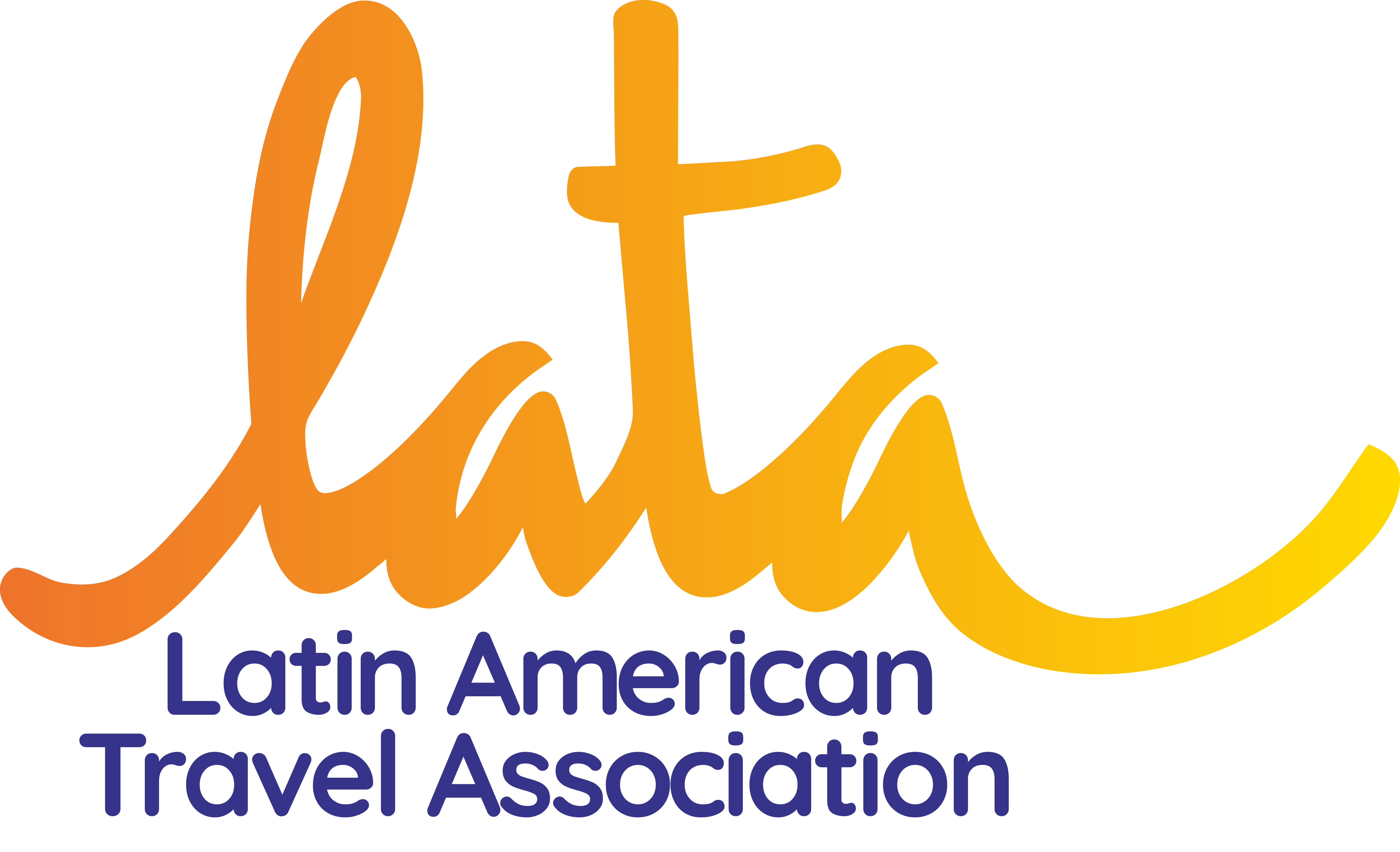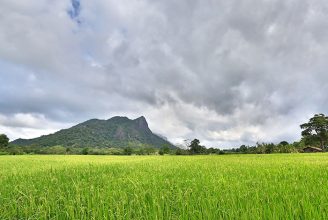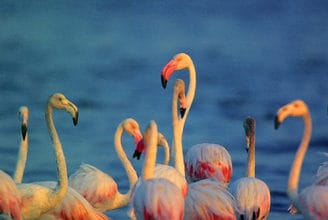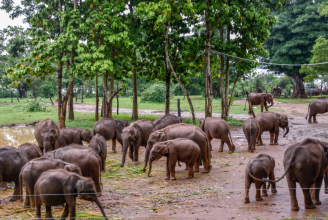Udawalawe National Park
Elephant Safari
An area of 31,800 hectares and surrounded by mountain ranges, the terrain of Udawalawe National Park is a mixture of grassland, shrub jungle, wild tea plantations and two important factors which make this park special – the large Udawalawe Reservoir and the Walewe River, which ensure a supply of water for the fauna within. Internationally renowned for its large herd of elephants, the park is also known for several species of deer, wild boar, wild buffalo, jackal and very rare sightings of leopards.
Udawalawe National Park is one of Sri Lanka’s premier wildlife destinations, world-renowned for its exceptional population of wild Asian elephants.
Here is a summary of its key features:
1. Elephant Paradise
- Guaranteed Sightings: Udawalawe is considered the best place in Sri Lanka, and one of the best in the world, for viewing elephants in the wild. The park maintains a large, stable resident population (estimated between 500-700) that is attracted to the large Udawalawe Reservoir within the park.
- Open Habitat: Unlike some other parks, Udawalawe’s open grasslands and scrub jungle make the elephants relatively easy to spot as they feed, bathe, and roam in large herds.
2. Location and Habitat
- Location: The park is situated on the boundary of the Sabaragamuwa and Uva Provinces, about 165 km from Colombo and easily accessible from the southern coast and central highlands.
- Establishment: It was established in 1972 primarily to provide a sanctuary for wild animals displaced by the construction of the Udawalawe Reservoir.
- Landscape: The topography is dominated by plains, with patches of forests, grasslands, and marshes surrounding the reservoir, which is the main water source.
3. Other Wildlife
While elephants are the star attraction, the park is home to a diverse array of other species that can be seen on a jeep safari:
- Mammals: Water buffalo, Sambar deer, spotted deer, wild boar, golden jackals, Asian palm civets, and various species of monkeys (Toque macaque, Tufted grey langur).
- Predators: The Sri Lankan leopard and Sri Lankan sloth bear are present but are very difficult and rare to spot.
- Reptiles: Mugger crocodiles, Asian water monitors, and various snakes.
- Birdlife: Over 180 species of birds, including water birds near the reservoir (pelicans, storks) and various eagles and endemics like the Sri Lanka junglefowl.
4. Visitor Experience
- Safaris: Safaris are conducted in private 4×4 jeeps, typically lasting 3-4 hours, with the best viewing times being the early morning (6:00 AM) and late afternoon.
- Elephant Transit Home (ETH): Located near the park entrance, the ETH is a rehabilitation center that cares for orphaned elephant calves before releasing them back into the wild. Visitors can observe the scheduled milk feeding sessions.
5. Best Time to Visit
- Year-Round: Udawalawe is generally considered a good park to visit year-round due to the stable elephant population.
- Peak Sightings (Dry Season): The chances of seeing large herds gathered around the water sources increase during the drier months, which generally run from May to September and a shorter dry spell from February to March.
Local Hotels

Unsure Where To Start?
Let’s talk about your Earth Trip


Our travel specialists are seasoned explorers with deep local insights. Whether it’s uncovering hidden gems or planning immersive cultural experiences, we design trips that go beyond the ordinary. Get in touch today!
Request A Video MeetingOther Popular Experiences















 Udawalawe National Park
Udawalawe National Park